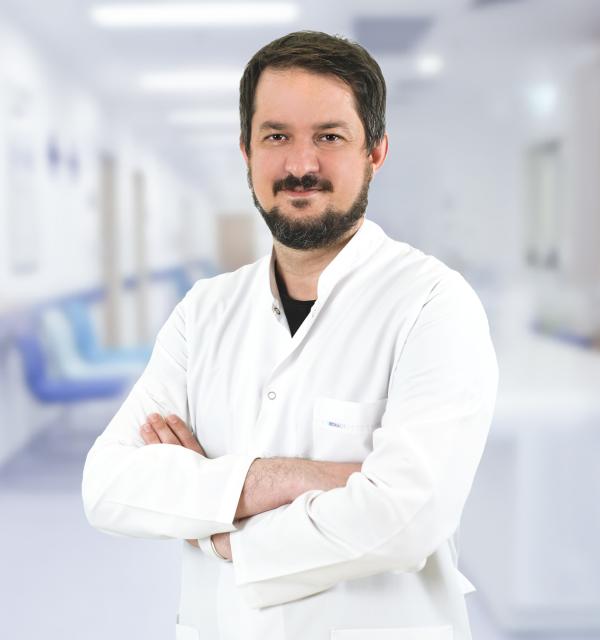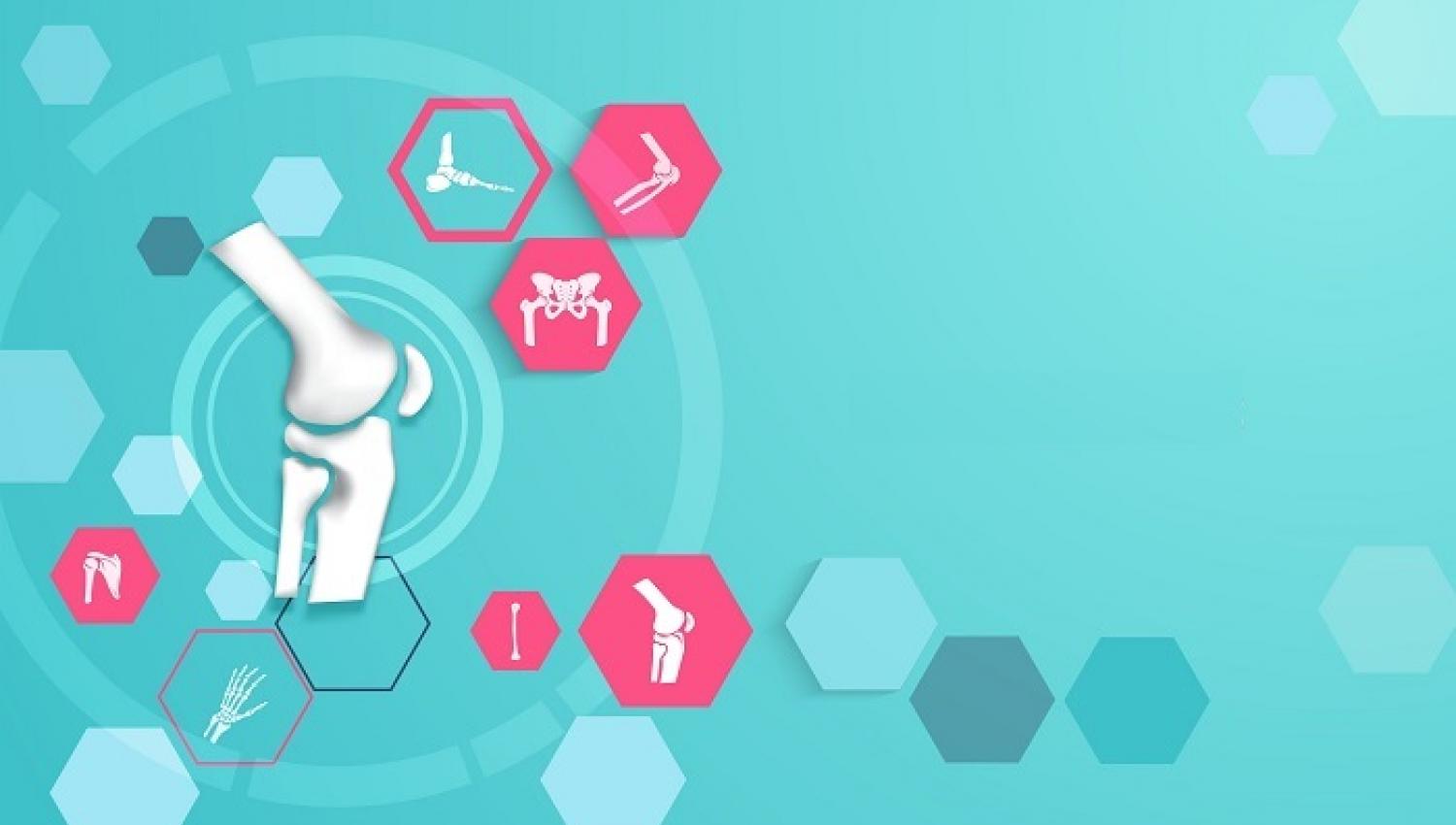It is known that the prolonged use of tablets, computers, and smartphones, which are among the indispensables brought to our lives by technology, brings many problems ranging from posture disorders to eye problems. One of the problems that arise due to the non-ergonomic use of these devices is elbow pain. Orthopedics and Traumatology Specialist explains that this painful condition can be treated without surgery by 90 percent with early treatment.
The frequency of elbow problems, especially in the young population between the ages of 35-55, is increasing due to the use of technology. Pain starting from the outer side of the elbow can reach up to the wrist. Yeditepe University Kosuyolu Hospital Orthopedics and Traumatology Specialist draw attention to the fact that pain due to edema in the elbow may also occur as a result of straining oneself while doing indoor sports and lifting weights above one's capacity.
Since the pain in the elbow progresses slowly, patients do not attach much importance to it. It also intensifies over time due to increased use of the arm. Explaining that for this reason, patients apply to the physician late, "Patients usually apply to us 2-3 weeks after the onset of pain. Some even learn to live with the pain and do not consult a physician at all and come to us when the pain restricts their daily life. The most common symptom is increasingly severe pain on the protruding bone known as the lateral epicondyle on the outside of the elbow."
Delay in Treatment Reduces the Chance of Non-Surgical Treatment
Emphasizing that conservative treatments are at the forefront of the treatment approach, the specialist said, "When intervened early, we can treat more than 90 percent of patients without surgery. First, we call conservative treatment; We try non-surgical treatment options for at least 9 months with medication, needle therapy, and rehabilitation. If there is no visible reduction in pain during this period, surgical treatment comes into play. However, delay decreases the success of non-surgical treatment."
Patient Compliance Required
In the conservative treatment process, factors such as the patient's profession and daily life also affect the outcome. Pointing out the importance of patient compliance at this point, our specialist continues his words as follows: "The patient must comply with the given rules one-to-one. For example, a person who does not lift heavy weights or use a screwdriver, even if it is their profession, should not use a screwdriver in this process, and housewives should not do laundry wringing motion, spread the dough, do manual labor, or do heavy sports that strain the elbow and wrist. At this point, especially surgeons, painters who have to use tools, plumbers, carpenters, and even housewives who do intensive housework constitute the risky group because they work by straining their hands, arms, and elbows. Since these people cannot leave their professions, problems may occur."
Elbow Arthroscopy Requires Experience
For people who require surgery, open surgery can be used as well as closed arthroscopy with a camera system. Explaining that experience in elbow arthroscopy is required at this point, Yeditepe University Hospital Orthopedics and Traumatology Specialist "The anatomy of the elbow is the region in our body where the most nerves and vessels pass through the joints and where the risk of injury is the highest. When you enter the elbow with a camera system, there is a risk of injuring these vessels and nerves. Moreover, these vessels and nerves are major. However, since the range of the joint in the elbow is very narrow, we do not have as wide a working area as the shoulder and knee joints. For this reason, it is difficult for the physician, but for the patient, if the operation is comfortable, it is a very easy method. The risk of infection is very low. At this point, the decision is made according to the patient's condition."
Lifelong Caution is Required
The recovery period after surgery may vary according to the patient's pain threshold, compliance, and the work they do. After the surgery, the patient gets rid of the pain to a great extent. Physical therapy is usually not required afterward. However, patients need to pay attention to some rules throughout their lives even if the pain goes away after treatment. Otherwise, there is a risk of recurrence. Therefore, it should be kept in mind that there are rules to be followed throughout life and that there is a risk of recurrence if these rules are not followed.
”




